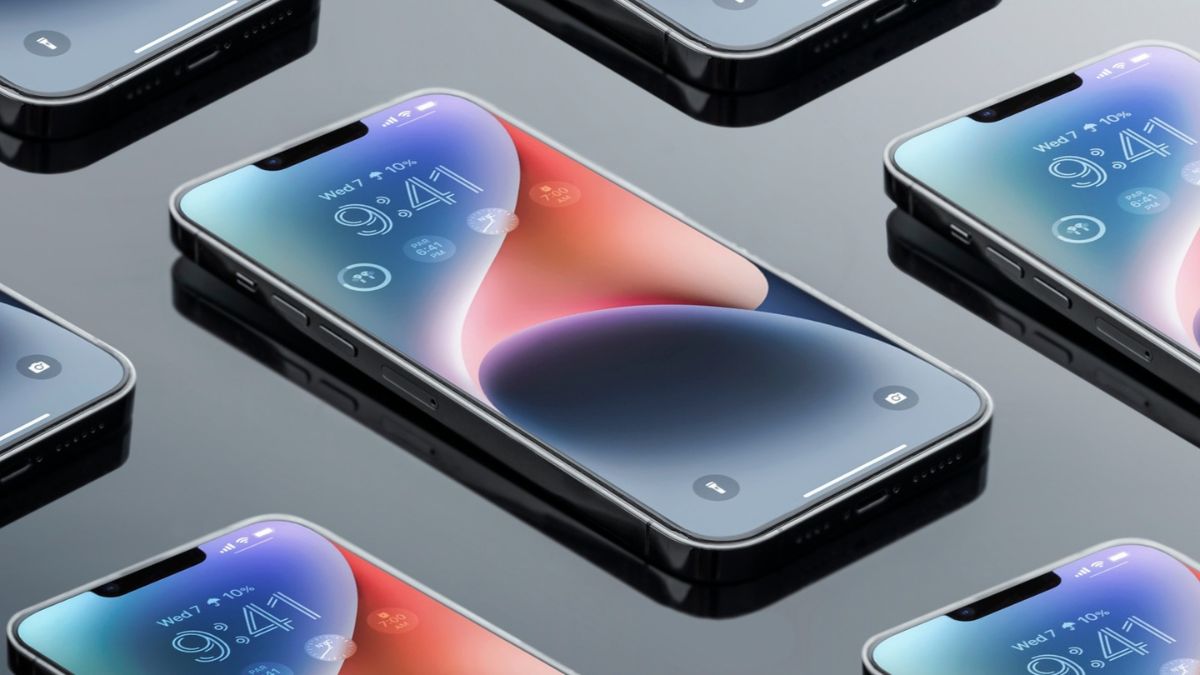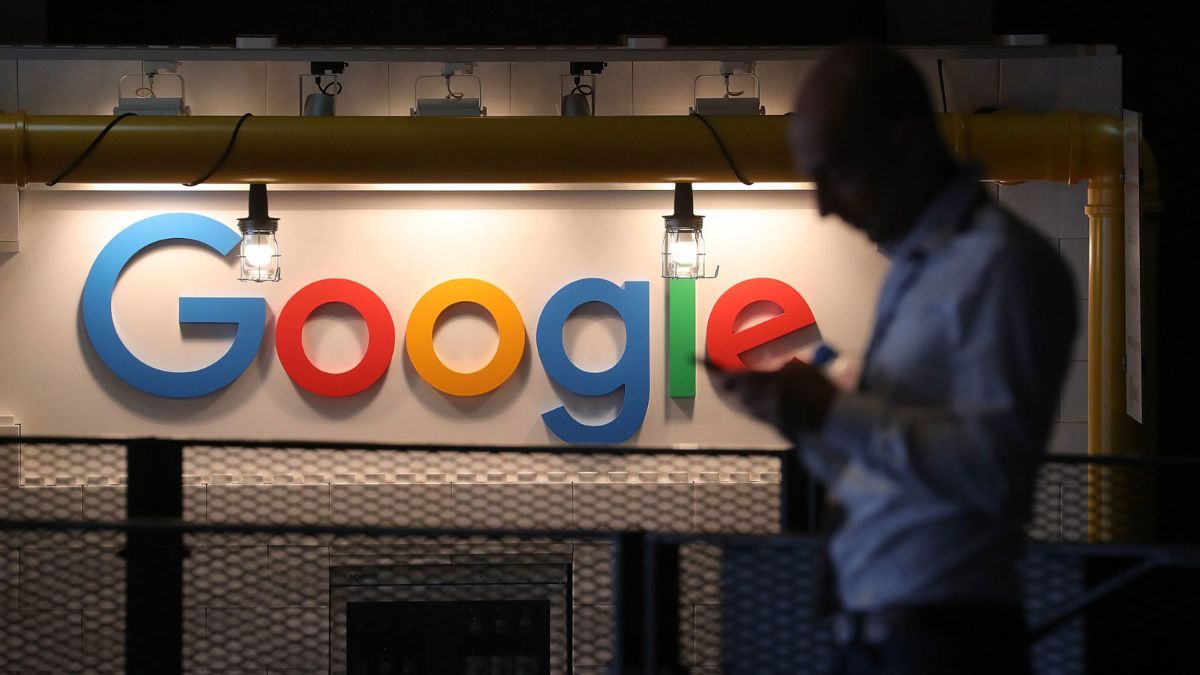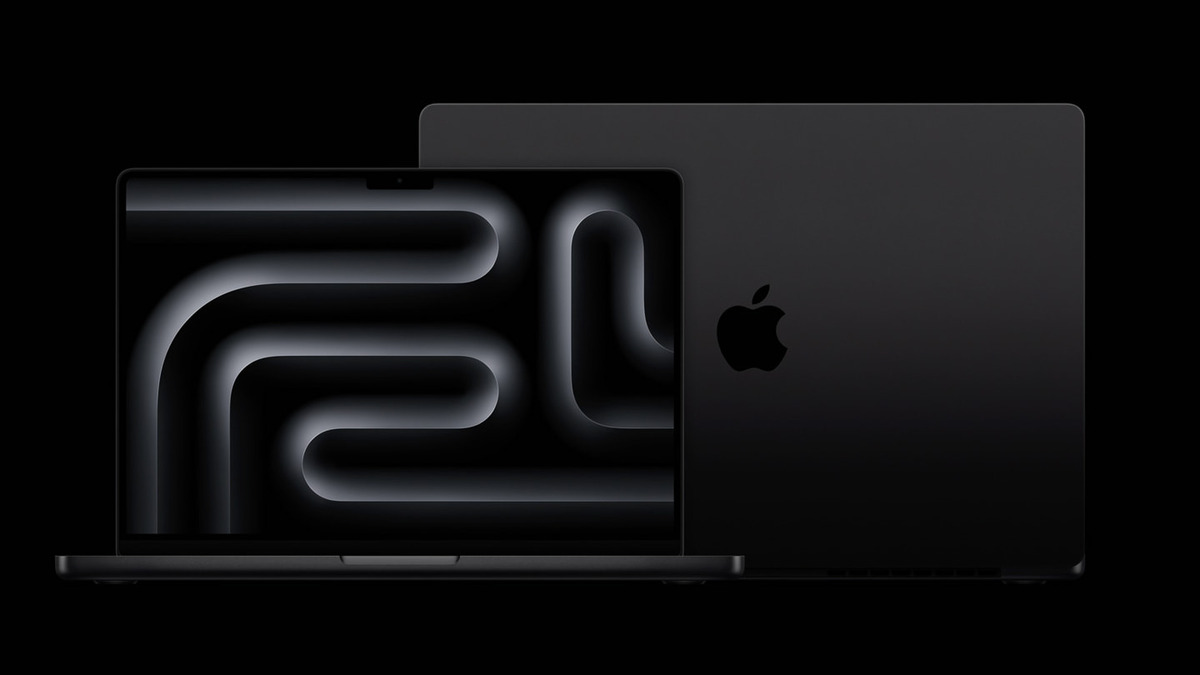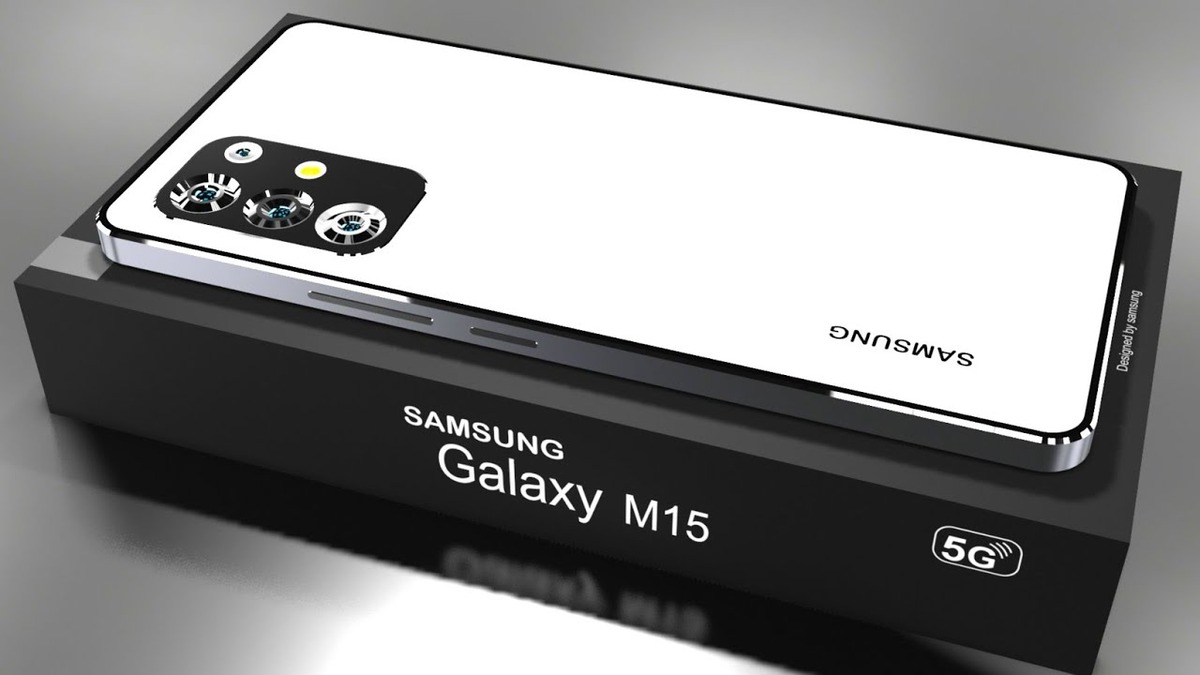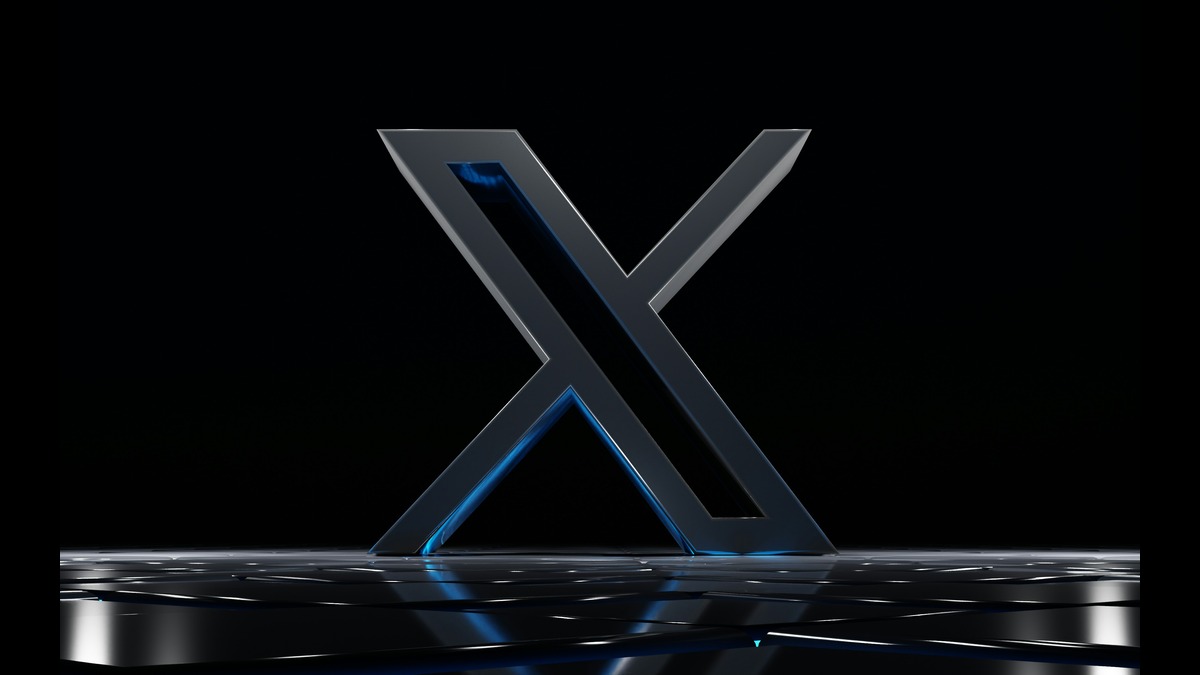In the ever-changing world of technology and retai...
news-extra-space
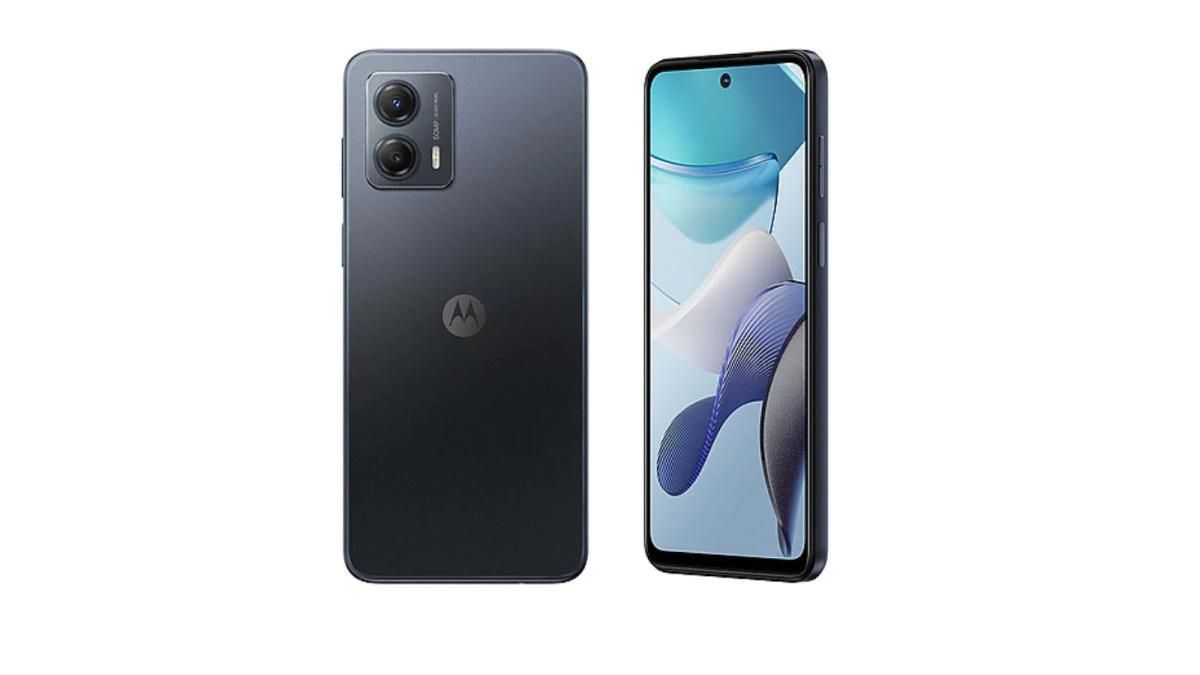
 Photo Credit: TechAdvisor
Although the 6.5-inch panel offers a high refresh rate of 120 Hz, our assessment finds that it falls short of expectations. The Moto G53 replaces the high-contrast, 1080p OLED display of the predecessor with an IPS panel with a low pixel density of 269 ppi and the flaws common to LCDs (shading, uneven lighting at the edges, gray haze). The Moto G53 has lower maximum brightness and consistent display illumination in addition to lower display resolution.
Also Read: The launch of the Motorola Razr 2023 is most likely going to occur before that of the Samsung Galaxy Z Flip 5
The Moto G53's proprietary MyUX interface, which adds to Android version 13 from Google, is one of its strengths. The maker states that security fixes will be provided until January 2026 at intervals of every two months, which is excellent news for the middle class's ability to afford them. Together with the hardware and software security measures included in ThinkShield for Mobile, the Moto G53 also has the brand-new Moto Secure app, which gives users access to privacy controls, security capabilities, and the ability to hide apps or files in a safe folder. Sensitive programs can also be concealed using unobtrusive app icons and alternative names.
Photo Credit: TechAdvisor
Although the 6.5-inch panel offers a high refresh rate of 120 Hz, our assessment finds that it falls short of expectations. The Moto G53 replaces the high-contrast, 1080p OLED display of the predecessor with an IPS panel with a low pixel density of 269 ppi and the flaws common to LCDs (shading, uneven lighting at the edges, gray haze). The Moto G53 has lower maximum brightness and consistent display illumination in addition to lower display resolution.
Also Read: The launch of the Motorola Razr 2023 is most likely going to occur before that of the Samsung Galaxy Z Flip 5
The Moto G53's proprietary MyUX interface, which adds to Android version 13 from Google, is one of its strengths. The maker states that security fixes will be provided until January 2026 at intervals of every two months, which is excellent news for the middle class's ability to afford them. Together with the hardware and software security measures included in ThinkShield for Mobile, the Moto G53 also has the brand-new Moto Secure app, which gives users access to privacy controls, security capabilities, and the ability to hide apps or files in a safe folder. Sensitive programs can also be concealed using unobtrusive app icons and alternative names.
Leave a Reply
